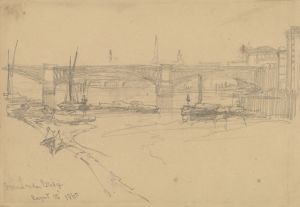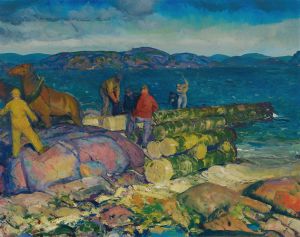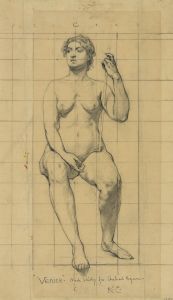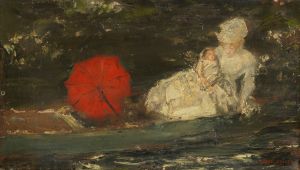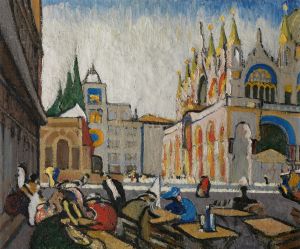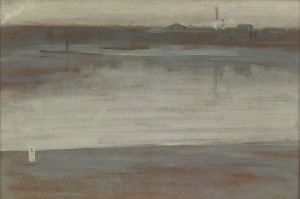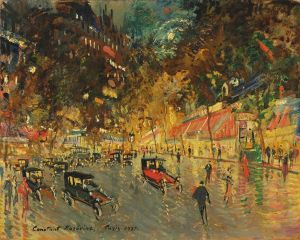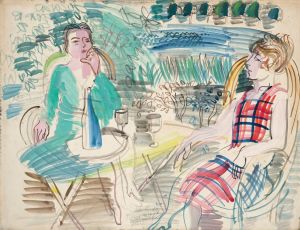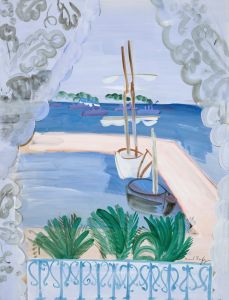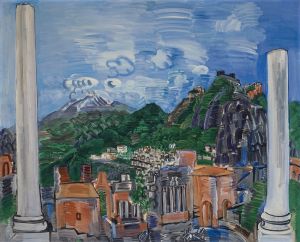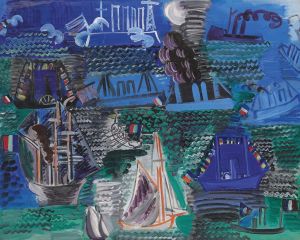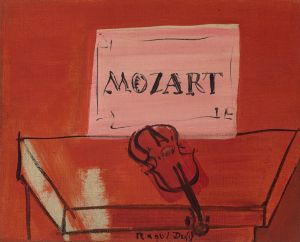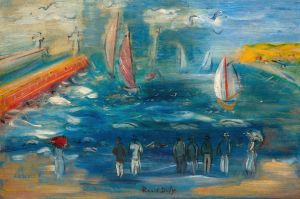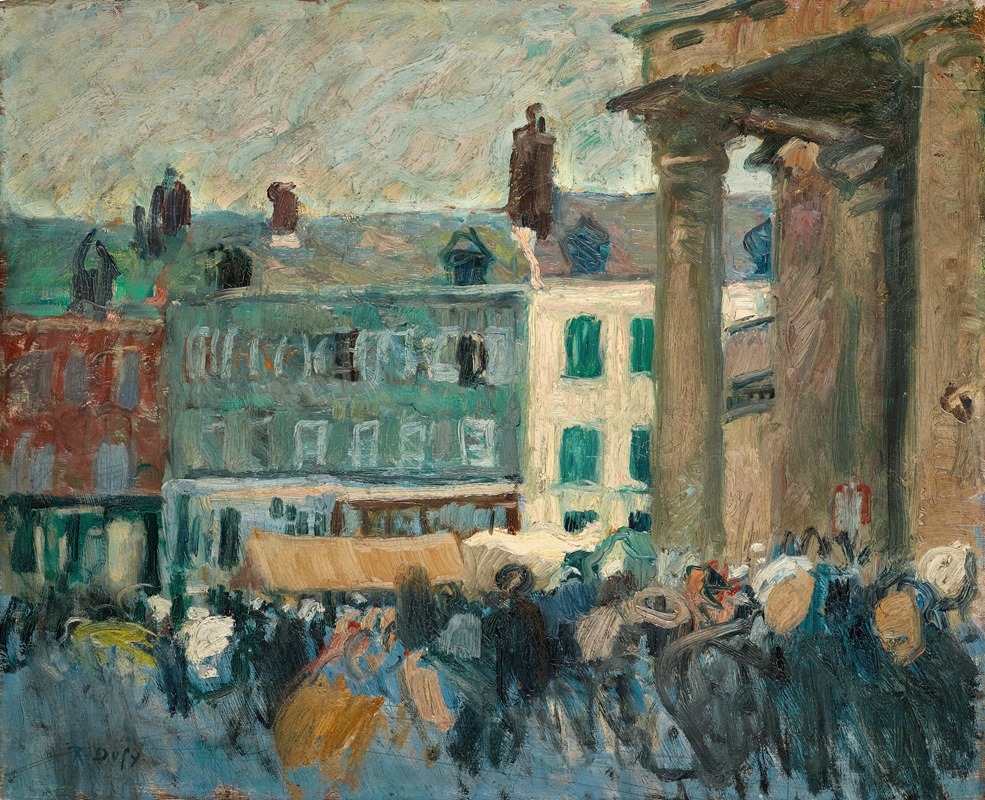
Dans la rue
A hand-painted replica of Raoul Dufy’s masterpiece Dans la rue, meticulously crafted by professional artists to capture the true essence of the original. Each piece is created with museum-quality canvas and rare mineral pigments, carefully painted by experienced artists with delicate brushstrokes and rich, layered colors to perfectly recreate the texture of the original artwork. Unlike machine-printed reproductions, this hand-painted version brings the painting to life, infused with the artist’s emotions and skill in every stroke. Whether for personal collection or home decoration, it instantly elevates the artistic atmosphere of any space.
Raoul Dufy, a prominent French Fauvist painter, is known for his vibrant use of color and his depictions of leisure activities and social events. However, specific information about a painting titled "Dans la rue" by Raoul Dufy is not readily available in major art historical records or databases. It is possible that this title refers to a lesser-known work, a study, or a piece that is not widely documented in public collections or literature.
Raoul Dufy was born on June 3, 1877, in Le Havre, France. He studied at the École des Beaux-Arts in Paris, where he was influenced by the Impressionists and later by the Fauvist movement, which emphasized bold colors and brushwork. Dufy's work is characterized by its cheerful and decorative style, often capturing the essence of the early 20th-century French bourgeois lifestyle.
Throughout his career, Dufy explored various subjects, including regattas, horse races, concerts, and street scenes. His ability to convey the atmosphere of these events through color and form made his work popular among collectors and art enthusiasts. Dufy's artistic journey also included collaborations with fashion designers, textile manufacturers, and book illustrators, showcasing his versatility and adaptability.
One of Dufy's most notable contributions to the art world was his involvement in the development of the Fauvist movement. Alongside artists like Henri Matisse and André Derain, Dufy embraced the use of vivid, non-naturalistic colors and expressive brushwork. This approach was a departure from the more subdued tones of Impressionism and marked a significant shift in the art of the early 20th century.
Dufy's work often depicted scenes of leisure and entertainment, reflecting the social and cultural changes of his time. His paintings are celebrated for their lively compositions and the sense of joy they convey. Dufy's ability to capture the spirit of his subjects through color and line has left a lasting impact on the art world.
Despite the lack of specific information on "Dans la rue," it is reasonable to assume that, like many of Dufy's works, it might have depicted a scene from everyday life, possibly capturing the hustle and bustle of a street scene with his characteristic vibrant palette and fluid lines. Dufy's street scenes often reflect the dynamic energy of urban life, filled with movement and color.
Raoul Dufy continued to paint and exhibit his work until his death on March 23, 1953. His legacy endures through his contributions to modern art and his influence on subsequent generations of artists. His works are held in major museums and collections worldwide, where they continue to be appreciated for their beauty and innovation.
In conclusion, while specific details about "Dans la rue" are not available, Raoul Dufy's overall body of work remains a testament to his skill and creativity as a leading figure in the Fauvist movement. His paintings continue to captivate audiences with their vibrant colors and joyful depictions of life.





